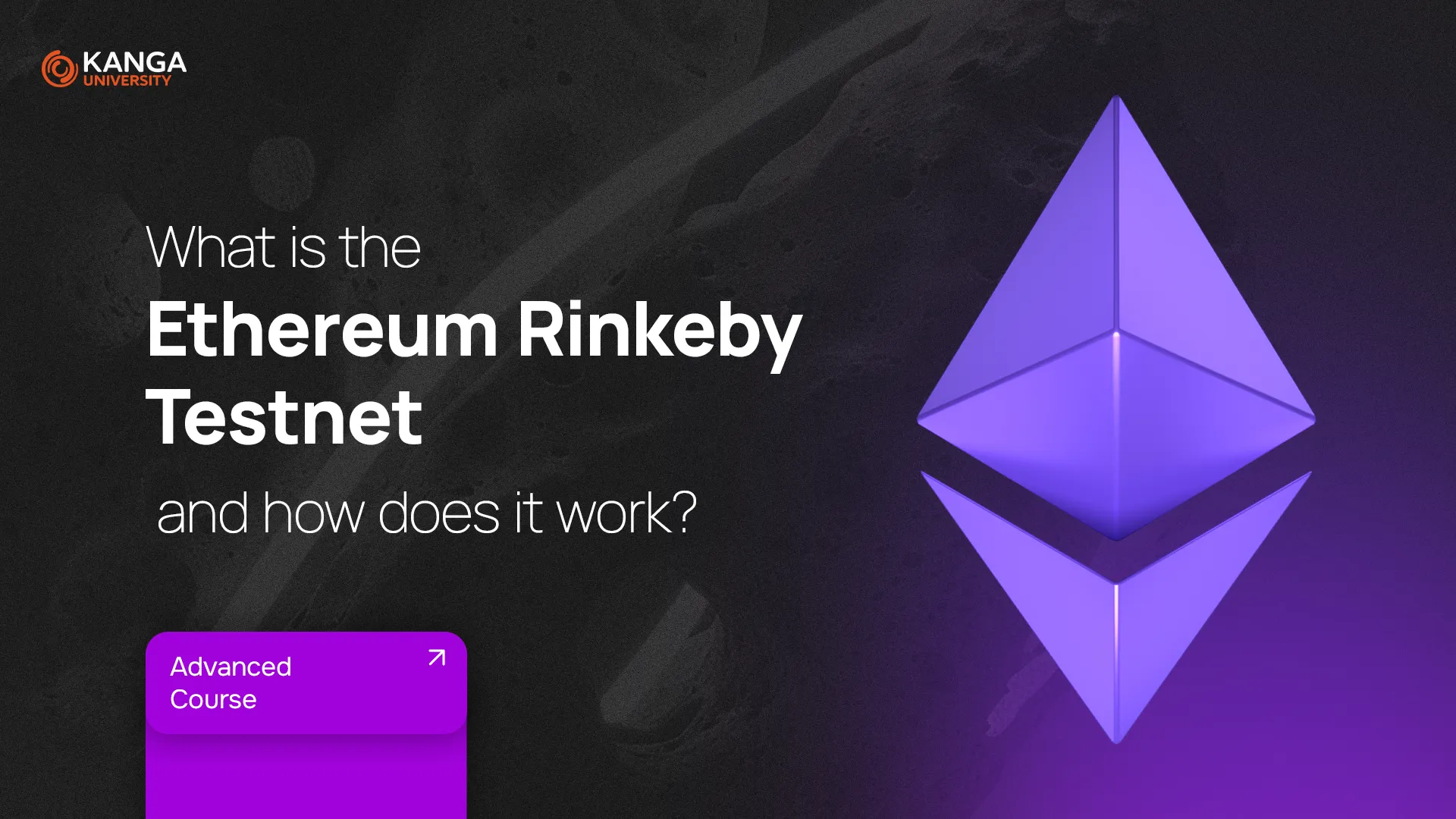
Before a blockchain app goes live on Ethereum, it needs to be tested—just like any software. That’s where test networks, or testnets, come in. One of the most important of these was Rinkeby, which for years served as a go-to testing ground for developers in the Web3 space.
Although Rinkeby was officially shut down in 2022, its role in shaping Ethereum development is still worth understanding.
What Was Rinkeby?
Rinkeby was a public Ethereum testnet—a copy of the Ethereum blockchain where developers could test their apps without using real money. Instead of spending actual ETH, they used Rinkeby Ether (RNET), which had no real-world value and could be requested for free from testnet “faucets.”
This allowed developers to:
-
Deploy and test smart contracts safely
-
Experiment without risking assets
-
Simulate Ethereum’s environment without using the main network
How Did Rinkeby Work?
Unlike Ethereum’s mainnet, which used Proof-of-Work (and now Proof-of-Stake), Rinkeby operated on Proof-of-Authority (PoA). That means trusted nodes, called validators, approved transactions instead of miners. This approach made the network:
-
Faster
-
More predictable
-
Easier to maintain
No one could mine new blocks. Only authorized nodes could do that, which prevented spam and made the network more efficient.
Developers couldn’t earn RNET by mining either—they had to request it via public faucets, a common practice in testnets to avoid abuse.
Why Was Rinkeby So Popular?
-
Fast block times: About 15 seconds per block (vs. 30 seconds on some other testnets).
-
Lightweight: The full chain data was under 6 GB, so anyone could easily run a local node.
-
Compatibility: Supported clients included Geth, Besu, Nethermind, and OpenEthereum.
-
Developer-friendly tools: Built-in block explorer and debugging tools for testing dApps.
From 2017 until its shutdown in 2022, Rinkeby was one of the most trusted testnets for Ethereum-based development.
So Why Was It Shut Down?
Ethereum underwent a major upgrade called The Merge, transitioning from Proof-of-Work to Proof-of-Stake. Rinkeby’s PoA model no longer aligned with Ethereum’s architecture.
As a result, developers moved to newer, more compatible testnets like Goerli, Sepolia, and the recently introduced Holesky, which better simulate Ethereum’s current performance and consensus mechanism.
What Was Rinkeby Used For?
-
Testing smart contracts before launching on mainnet
-
Learning and experimenting with Ethereum’s tools in a risk-free environment
-
Testing protocol upgrades without affecting the live network
Major platforms like OpenSea, Rarible, and Manifold used Rinkeby to test features before rolling them out to users.
Pros and Cons of Rinkeby
Pros:
-
Fast and predictable performance
-
Free ETH for testing via faucets
-
Perfect for learning Web3 development
-
Reduced risk of mainnet bugs or costs
Cons:
-
Not truly decentralized (relied on trusted validators)
-
Not suitable for real-world use or production deployment
-
No real value for its ETH (RNET)
-
No longer supported or maintained
Summary
Rinkeby was an essential part of Ethereum’s early growth. It provided a safe, accessible, and efficient test environment for developers to build and refine decentralized applications.
While it’s no longer active, its legacy lives on in the tools and apps that now run on Ethereum’s mainnet. Today’s developers rely on more advanced testnets, but Rinkeby paved the way for all of them.